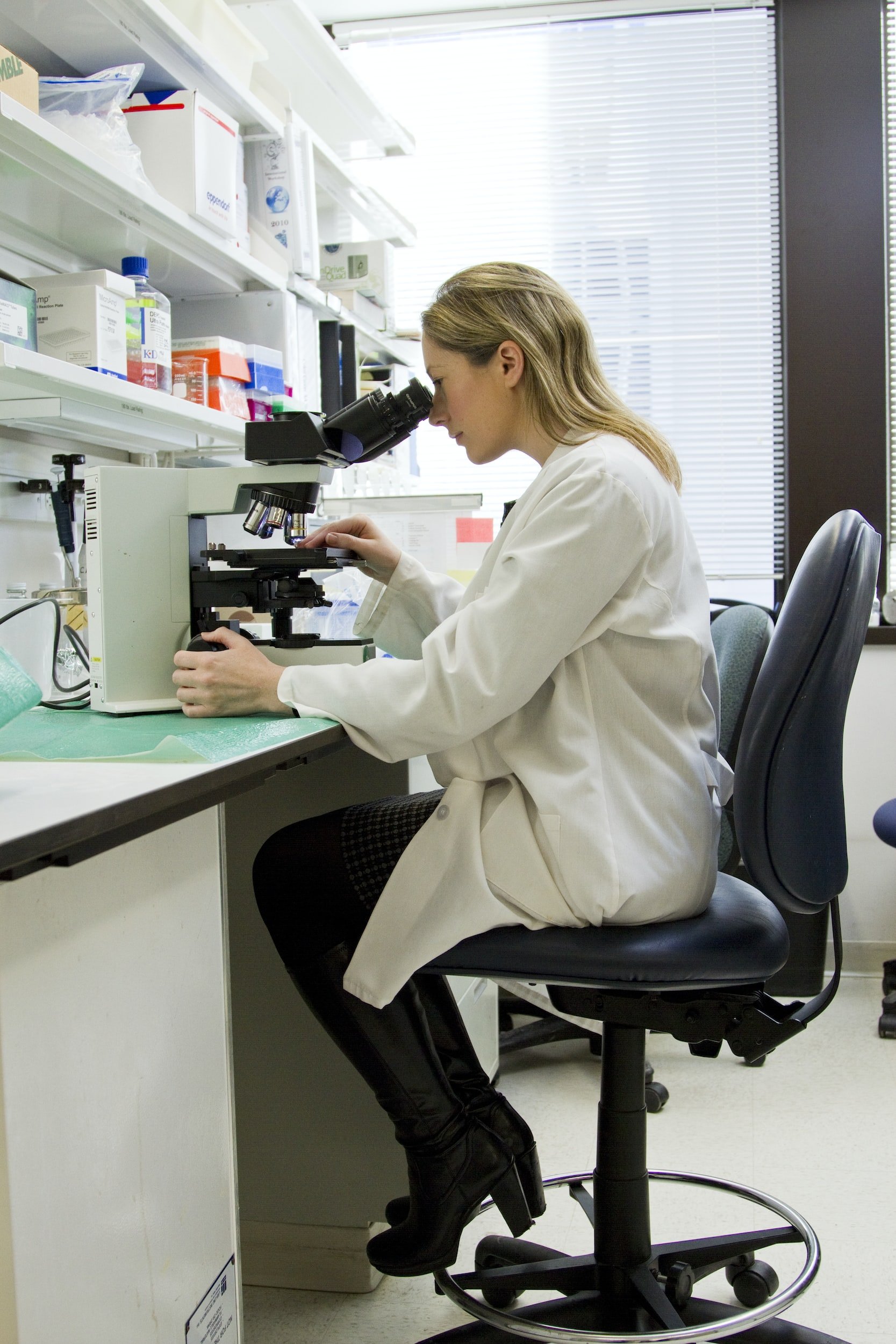A Look at Art Authentication Technologies: Scientific Methods and Their Limitations
Art authentication is a crucial aspect of the art world, as determining the true authorship and origin of an artwork can significantly impact its value and historical significance. With the advancement of technology, art authentication methods have evolved, incorporating scientific techniques to help determine the authenticity of a piece. In this article, we'll explore some of the scientific methods used in art authentication and discuss their limitations.
One common technique used in art authentication is infrared reflectography. This method involves capturing an image of an artwork using infrared light, which penetrates the paint layers and reveals the artist's underdrawings or preparatory sketches. Infrared reflectography can provide valuable insights into an artist's working methods and help identify forgeries or alterations.
Another scientific method employed in art authentication is X-ray fluorescence (XRF) spectroscopy. XRF is a non-destructive technique that analyzes the elemental composition of pigments in an artwork. By comparing the composition of pigments in a suspect artwork to those of known authentic works by the same artist, experts can determine if the materials are consistent with the artist's established practices.
Ultraviolet (UV) fluorescence is another useful tool in art authentication. UV light can reveal previous restorations, alterations, or repairs that may be invisible under normal light conditions. This information can help experts determine if an artwork has been tampered with or if it has a history of damage.
Despite the advances in technology, art authentication remains a complex and nuanced process. Scientific methods have their limitations and can sometimes yield inconclusive or contradictory results. Factors such as the age and condition of an artwork, the availability of comparative data, and the expertise of the examiner can all influence the outcome of an authentication process.

